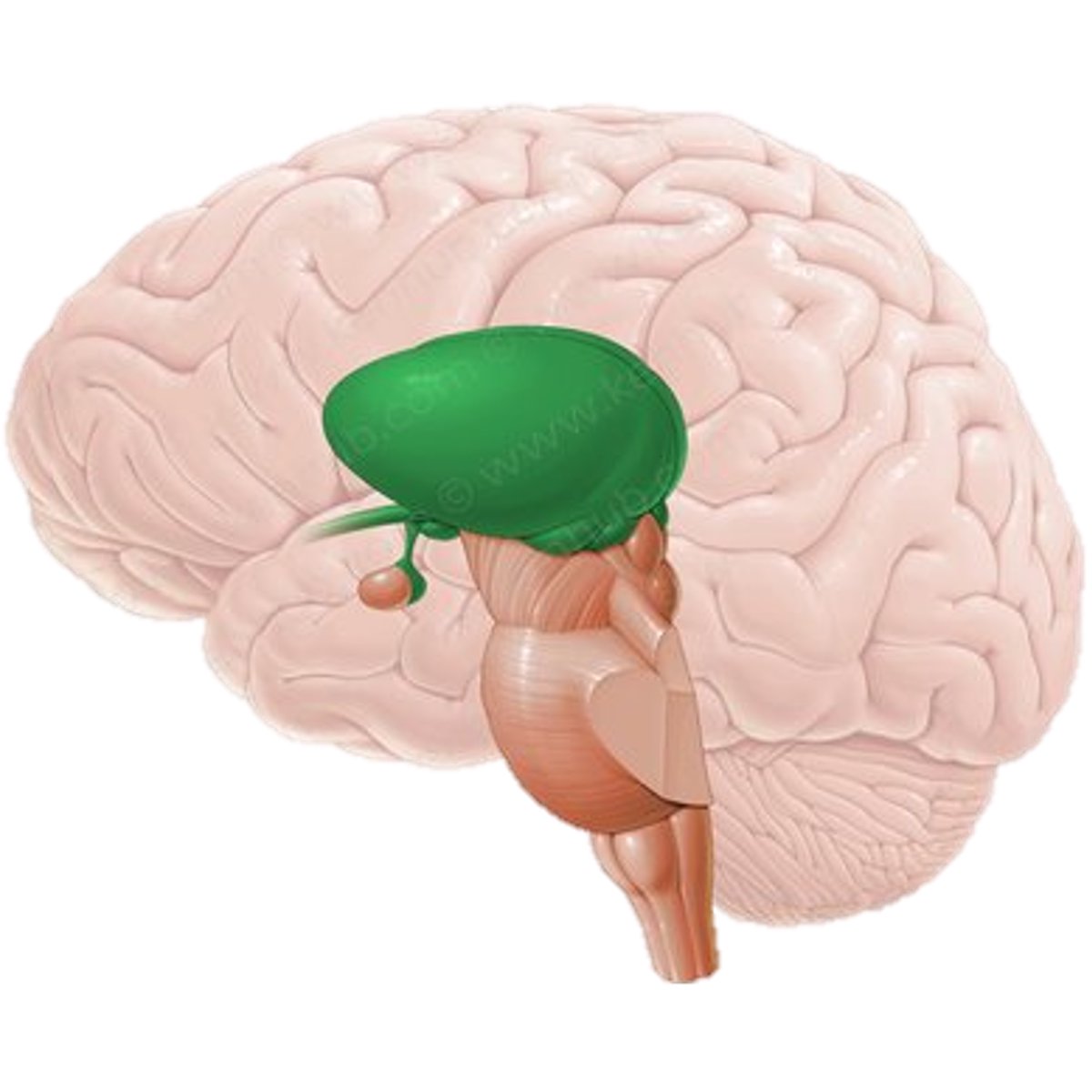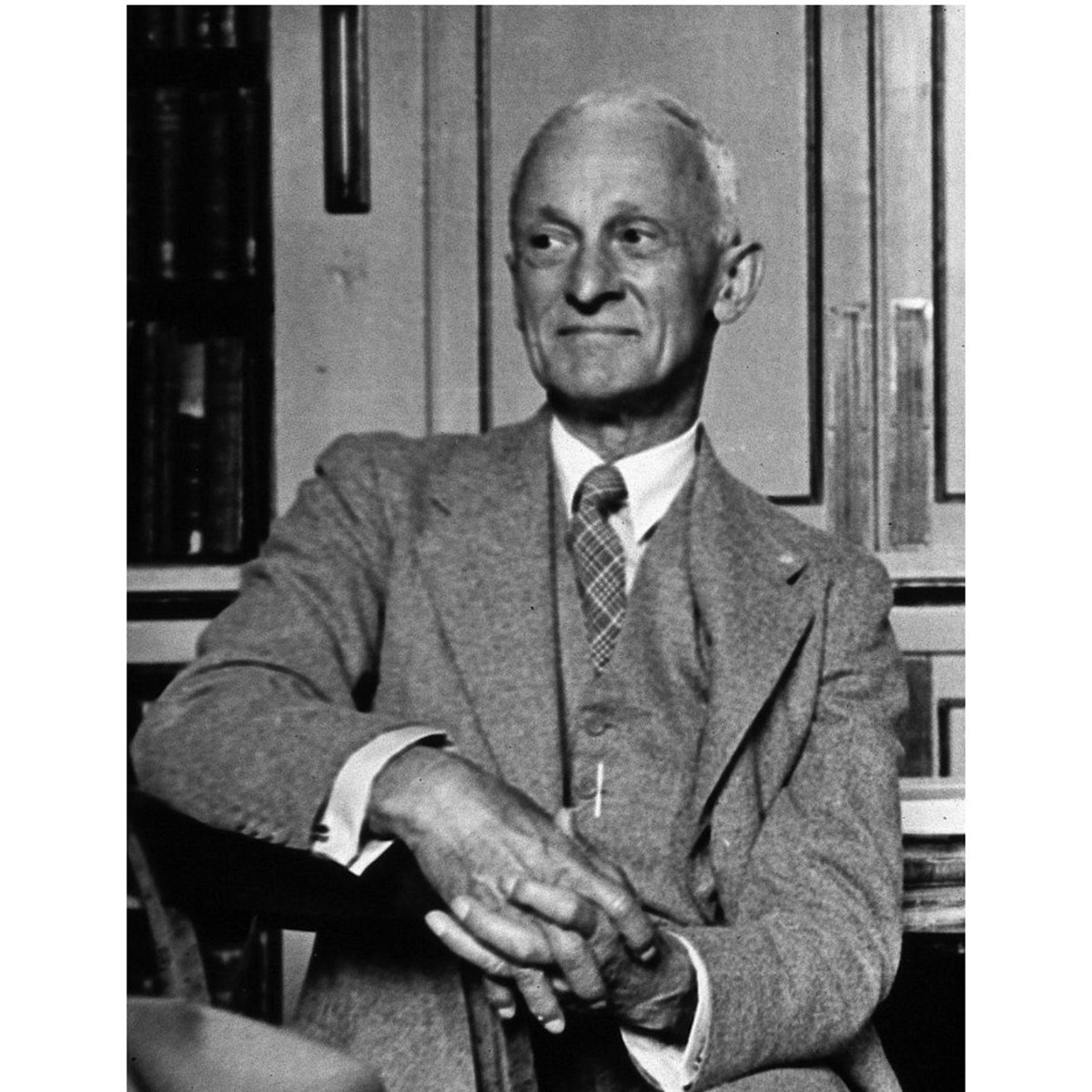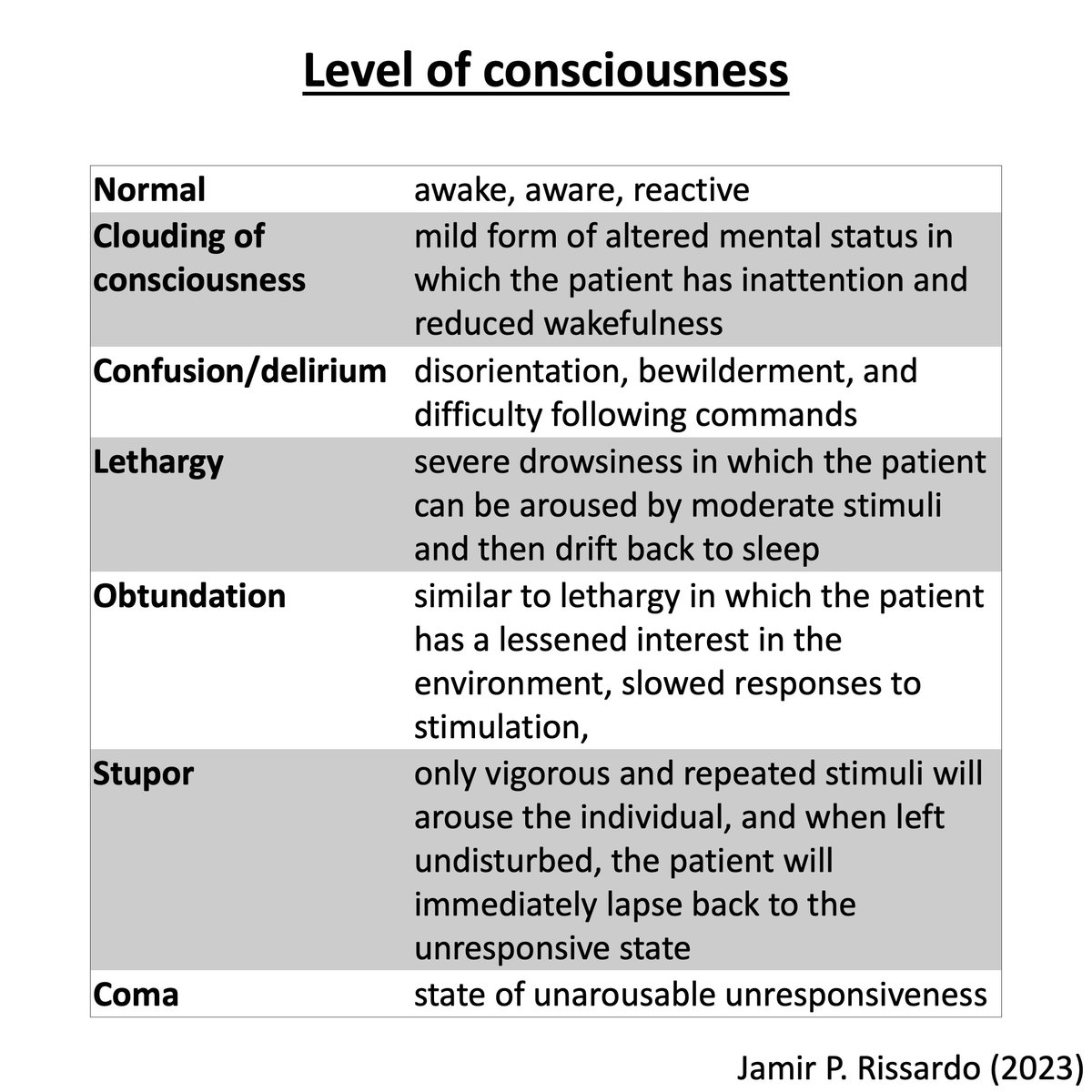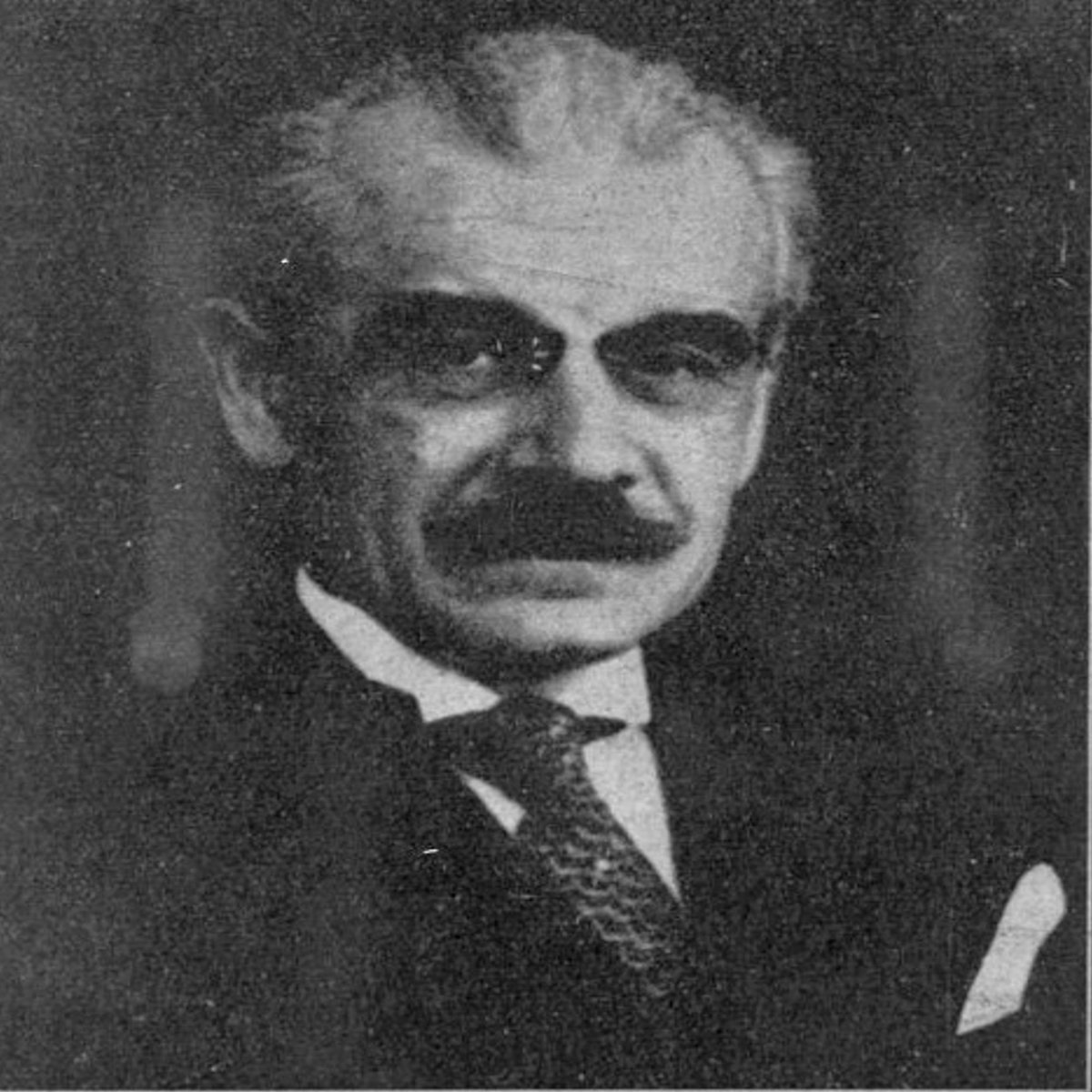Glabellar reflex (Myerson's sign)!!!
"the preliminary note on a new cranial reflex"
British doctor Walker Overend (1858–1926)
#MedTwitter #neurotwitter #EndNeurophobia #tweetorials
1/
"the preliminary note on a new cranial reflex"
British doctor Walker Overend (1858–1926)
#MedTwitter #neurotwitter #EndNeurophobia #tweetorials
1/

History
1896, Dr. Walker Overend
- first report
1901, Dr. Daniel J. McCarthy
- published a 2nd report without acknowledging Overend
1944, Dr. Abraham Myerson
- observed, mainly, in PD
1954, Dr. Doshay
- called Myerson’s sign
3/
1896, Dr. Walker Overend
- first report
1901, Dr. Daniel J. McCarthy
- published a 2nd report without acknowledging Overend
1944, Dr. Abraham Myerson
- observed, mainly, in PD
1954, Dr. Doshay
- called Myerson’s sign
3/

Pathophysiology
poorly understood, probably partially related to the blink reflex
Afferent: V CN (supraorbital nerve)
Efferent: VII CN (orbicularis oculi muscle)
moderated by
- cortical areas, especially the frontal lobe
- subcortical areas, especially basal ganglia
4/
poorly understood, probably partially related to the blink reflex
Afferent: V CN (supraorbital nerve)
Efferent: VII CN (orbicularis oculi muscle)
moderated by
- cortical areas, especially the frontal lobe
- subcortical areas, especially basal ganglia
4/

Clinical use
a)may present healthy pts & infants
b)inc prevalence w/ age
c) disease severity
d)differentiate PD from ET (Nuuttila 2021)
- sensitivity 78.3% & specificity 36.2%
e)reverse after levodopa in PD (Klawans 1969)
- 50%
- no reverse: dementia & severe PD
5/
a)may present healthy pts & infants
b)inc prevalence w/ age
c) disease severity
d)differentiate PD from ET (Nuuttila 2021)
- sensitivity 78.3% & specificity 36.2%
e)reverse after levodopa in PD (Klawans 1969)
- 50%
- no reverse: dementia & severe PD
5/
Definition
“unable to resist blinking when tapped repetitively on the glabella”
How many times to tap till be abnormal?
The magic number is “five” based in pediatric studies
(Zametkin et al 1979)
6/
“unable to resist blinking when tapped repetitively on the glabella”
How many times to tap till be abnormal?
The magic number is “five” based in pediatric studies
(Zametkin et al 1979)
6/
Glabellar reflex – features
“unable to resist blinking when tapped repetitively on the glabella”
- primitive reflex
- aka Myerson's sign
- PD and dementia, severity?
7/
“unable to resist blinking when tapped repetitively on the glabella”
- primitive reflex
- aka Myerson's sign
- PD and dementia, severity?
7/
Glabellar reflex
“unable to resist blinking when tapped repetitively on the glabella”
- primitive reflex
- aka Myerson's sign
- PD and dementia, severity?
via: Neurology Made Interesting
8/
“unable to resist blinking when tapped repetitively on the glabella”
- primitive reflex
- aka Myerson's sign
- PD and dementia, severity?
via: Neurology Made Interesting
8/
Glabellar reflex
“unable to resist blinking when tapped repetitively on the glabella”
- primitive reflex
- aka Myerson's sign
- PD and dementia, severity?
via: Neurology Made Interesting
9/
“unable to resist blinking when tapped repetitively on the glabella”
- primitive reflex
- aka Myerson's sign
- PD and dementia, severity?
via: Neurology Made Interesting
9/
Glabellar reflex
“unable to resist blinking when tapped repetitively on the glabella”
- primitive reflex
- aka Myerson's sign
- PD and dementia, severity?
via: Dr. Sourya Acharya
10/
“unable to resist blinking when tapped repetitively on the glabella”
- primitive reflex
- aka Myerson's sign
- PD and dementia, severity?
via: Dr. Sourya Acharya
10/
Glabellar reflex
“unable to resist blinking when tapped repetitively on the glabella”
- primitive reflex
- aka Myerson's sign
- PD and dementia, severity?
youtube.com/shorts/GRqAgon… via: Neurozone videos
11/
“unable to resist blinking when tapped repetitively on the glabella”
- primitive reflex
- aka Myerson's sign
- PD and dementia, severity?
youtube.com/shorts/GRqAgon… via: Neurozone videos
11/
Glabellar reflex
“unable to resist blinking when tapped repetitively on the glabella”
- primitive reflex
- aka Myerson's sign
- PD and dementia, severity?
via: Osama SM Amin
12/
“unable to resist blinking when tapped repetitively on the glabella”
- primitive reflex
- aka Myerson's sign
- PD and dementia, severity?
via: Osama SM Amin
12/
Glabellar reflex
“unable to resist blinking when tapped repetitively on the glabella”
- primitive reflex
- aka Myerson's sign
- PD and dementia, severity?
via: Neurolibrary
13/
“unable to resist blinking when tapped repetitively on the glabella”
- primitive reflex
- aka Myerson's sign
- PD and dementia, severity?
via: Neurolibrary
13/
Glabellar reflex
“unable to resist blinking when tapped repetitively on the glabella”
- primitive reflex
- aka Myerson's sign
- PD and dementia, severity?
youtube.com/shorts/UFokLDz… via: Dr Hamza Khan Malezai
14/
“unable to resist blinking when tapped repetitively on the glabella”
- primitive reflex
- aka Myerson's sign
- PD and dementia, severity?
youtube.com/shorts/UFokLDz… via: Dr Hamza Khan Malezai
14/
Glabellar reflex
“unable to resist blinking when tapped repetitively on the glabella”
- primitive reflex
- aka Myerson's sign
- PD and dementia, severity?
via: Dr. Ravi Ranjan Kindo
15/
“unable to resist blinking when tapped repetitively on the glabella”
- primitive reflex
- aka Myerson's sign
- PD and dementia, severity?
via: Dr. Ravi Ranjan Kindo
15/
Other frontal release signs
Palmar grasp, palmomental, rooting & sucking, snout, corneomandibular reflex, and head retraction reflex
16/
Palmar grasp, palmomental, rooting & sucking, snout, corneomandibular reflex, and head retraction reflex
https://twitter.com/theneurolander/status/1592924351640530944
16/
• • •
Missing some Tweet in this thread? You can try to
force a refresh

















